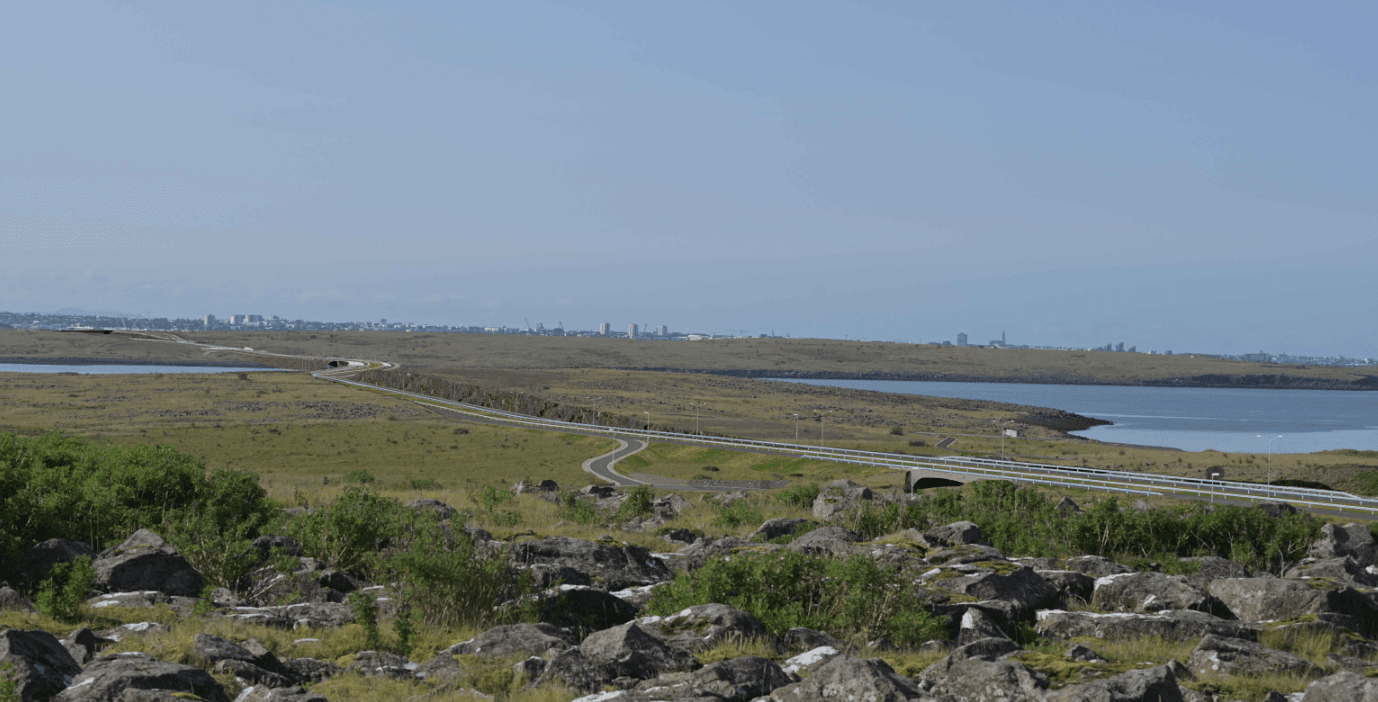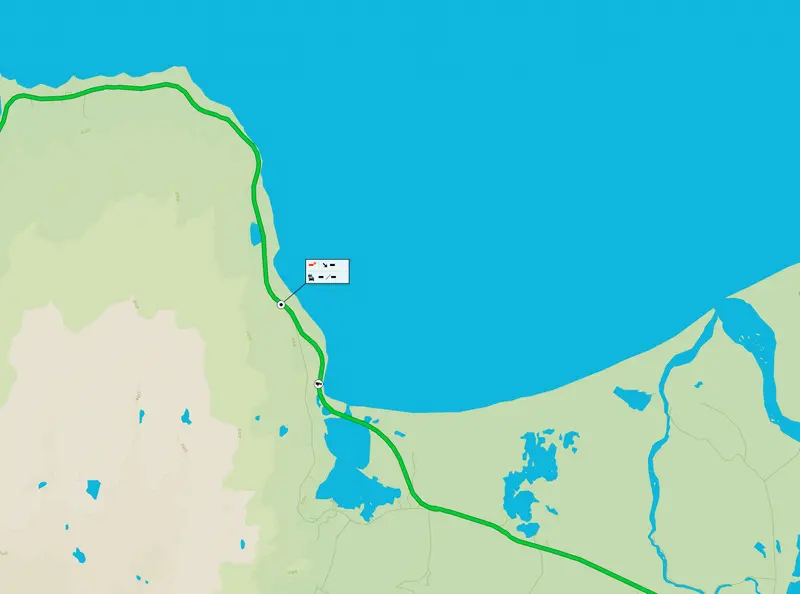Sundabraut
The Road and Coastal Administration, in collaboration with the City of Reykjavík, plans to construct Sundabraut between Sæbraut and Kjalarnes. The main objective of the project is to improve transportation for all modes of travel in the area, shorten distances, and enhance connections between regions.

The main objectives of the project are as follows:
- To improve transport connections for all modes of travel — by car, public transport, walking and cycling — in the northern part of the capital area, enhancing both safety and convenience.
- To strengthen the connection between the western and northern regions of Iceland and the capital area, and further south along Reykjanesbraut.
- To improve access between Grafarvogur and areas west of the Elliðaár river.
- To increase the flexibility of the main road network by distributing traffic across more routes, thereby reducing congestion on existing roads such as Höfðabakki via Gullinbrú, Ártúnsbrekka and Vesturlandsvegur in Mosfellsbær.
- To improve efficiency for commercial and freight traffic.
- To increase overall social and economic benefits through shorter travel times, reduced driving distances, lower emissions and less pollution — resulting from shorter and more efficient routes to, from and within the capital area.
In addition, all projects undertaken by the Icelandic Road and Coastal Administration aim to improve road safety.
In the case of Sundabraut, the project will also increase the number of emergency routes within the capital area and improve access for emergency services.
Environmental Impact Assessment Report
Recordings from presentation meetings
Frequently asked questions
Appendices to the Environmental Impact Assessment Report
Photo gallery





















